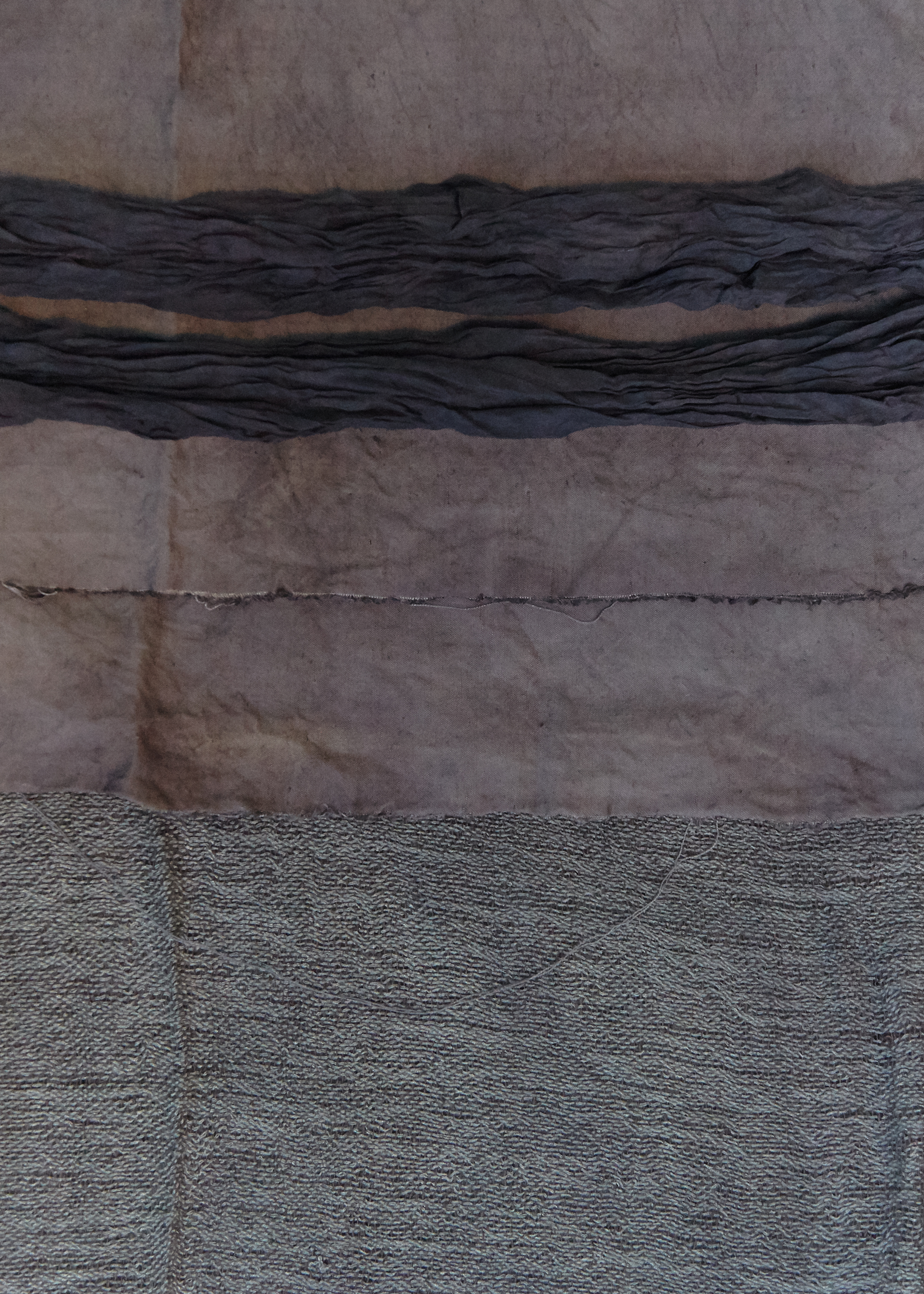Ma’litakki | LIPA Festival | London/Indonesia | Research and Group Exhibition | 2020
Ma’litakki was an investication supported commissioned by the British Council supported LIPA festival in Indonesia into the future potential uses to the ancient technique of mud dyeing.
![]()
Ma’litakki researches traditional dye techniques, colours and their meanings. The project was inspired by Torajamelos book ‘Untannun Kameloan’ and within it the way it tells the stories of mud dyeing. Traditionally used during the funeral weeks where relatives of the deceased would dip their clothes into the mud to turn them black, symbolising the passing of a loved one. Material provenance is something of which we should be very proud. Celebrating the uniqueness of where we come from and the processes these landscapes have inspired bring us closer to working with nature in respectful ways.
This project has highlighted to me the importance of the survival of the sarong due to its history but also due to its ability to provide a reliable income through creative work to women all over Indonesia. During my research it has felt to me that in order to help it survive, sarong makers are cutting many corners in quality and driving the price down to help it compete within the wider textile market. I have been overwhelmed by the amount of synthetic threads and dyes which are now used in sarong making process, This was a very unique opportunity to work with some of the techniques which are being lost but could also hold the answers to the techniques survival.
Textile production is one of the most polluting industries on the planet but change can begin by looking back to ancient techniques and reimagining them for the future. To me mud dyeing is one of those techniques and I believe if it is supported then it has a huge potential as a relatively harmless alternative dye process which can keep tradition alive whilst lifting people out of poverty. The survival of such traditional techniques relies on their ability to maintain quality and innovation. My response to what I have learnt through the LIPA project workshops attempts to highlight the potentials of such a technique and introduce it to the western world.









